- 26 Posts
- 116 Comments

 4·3 months ago
4·3 months agoI noticed a change in your titles a few days ago. What happened to “until l forget to post Screenshots”? I don’t think you forgot, did you?
Qt is still the only excellent cross-platform desktop GUI framework.
It’s a pity that its current custodian’s commercial licenses:
- are subscriptions
- are painfully expensive for a solo developer or small group
- have a reputation for triggering legal threats and badgering from The Qt Company if one ever wants to end their subscription or (separately) use the open-source license for a FOSS project
This situation makes me afraid to use their commercial offerings, which in turn means they won’t get any money from me at all; I feel that I can safely use their libs only in open-source code. Their business model is their decision, of course, but I can’t help wondering if their whale-hunting approach actually nets them more money than a more accessible, lower-cost, one-time (or one-major-version) license option would. In many other industries, high sales volume reaps more profits than high price.
Thank goodness for the KDE Free Qt Foundation.
Yes, this is the way.
Sure.
You might want to subscribe to [email protected], and browse here once in a while: https://lemmyverse.net/communities
related: [email protected]

 11·4 months ago
11·4 months agoDisappointing that it doesn’t show anything at all without javascript.

 2·4 months ago
2·4 months agoI don’t follow Meta services, but for the record, I think you’re talking about the EU Digital Markets Act and its interoperability requirements of gatekeepers.
https://digital-markets-act.ec.europa.eu/gatekeepers_en
https://digital-markets-act.ec.europa.eu/questions-and-answers/interoperability_en
if the FDA is dismantled to syncopats
Did you mean sycophants? Psychopaths? Something else?
A good tool improves the way you work. A great tool improves the way you think.

 3·4 months ago
3·4 months agoSomaFM uses shoutcast/icecast streams, so just about any half-decent media streaming device or software can play it.

 1·4 months ago
1·4 months agoWhat makes you think that? It’s possible that they did it in-house, of course, but there’s no precedent for it. No previous Civ had a linux version done in-house.

 3·4 months ago
3·4 months agoI don’t think so. There’s no mention of it on their site.

 5·4 months ago
5·4 months agoDo you know who made the port?

 3·4 months ago
3·4 months agoThanks for the perspective. :)

 127·4 months ago
127·4 months agoIncorporates 3rd-party DRM: Denuvo Anti-tamper
Requires 3rd-Party Account: 2K Account for Online Interactions
Somebody please wake me up when these atrocities are gone. (And thanks, Steam, for making them easy to discover.)

 1·4 months ago
1·4 months agoAre you including Brave New World in that comparison? I’ve never played Civ 5 without it.



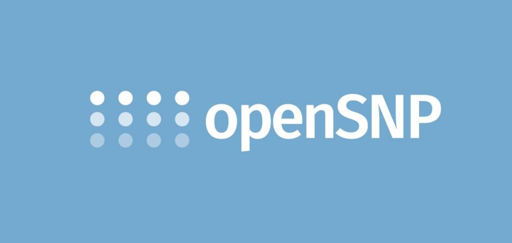

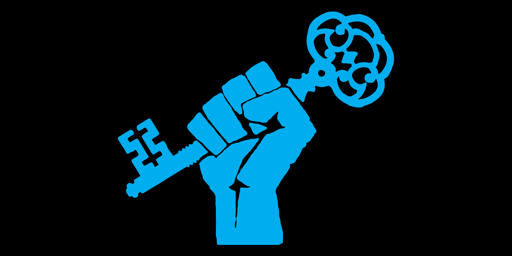







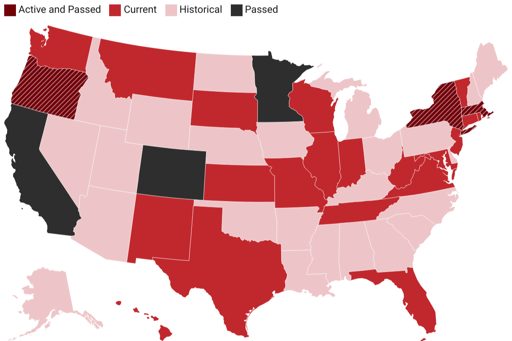
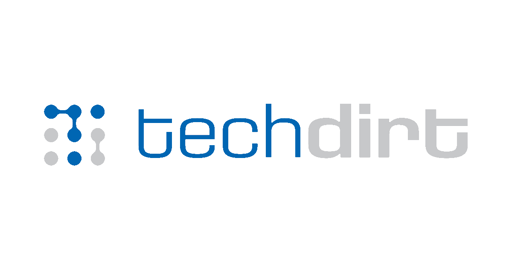




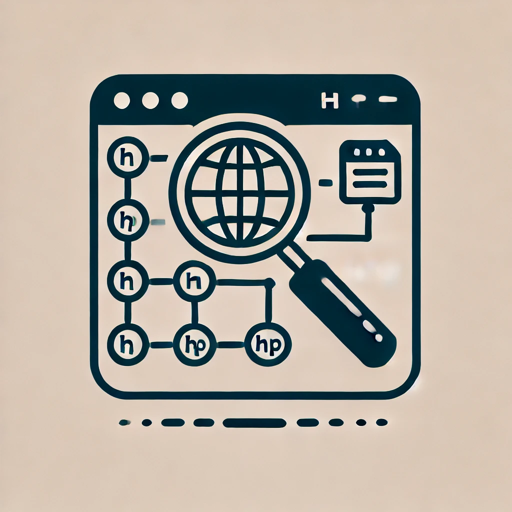



I’m with you.
Also great: Willow, Tombstone.